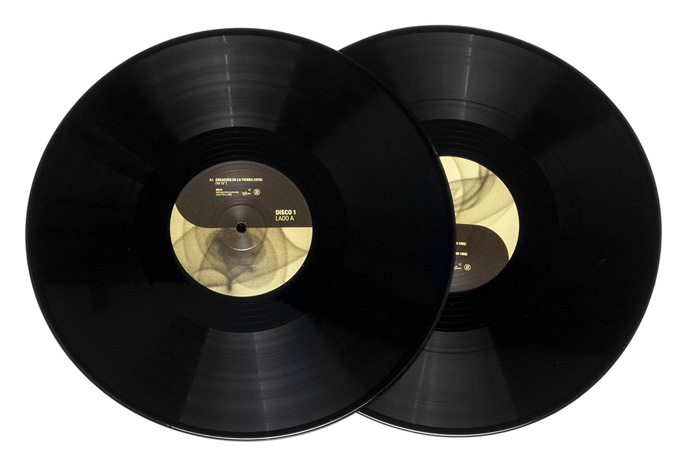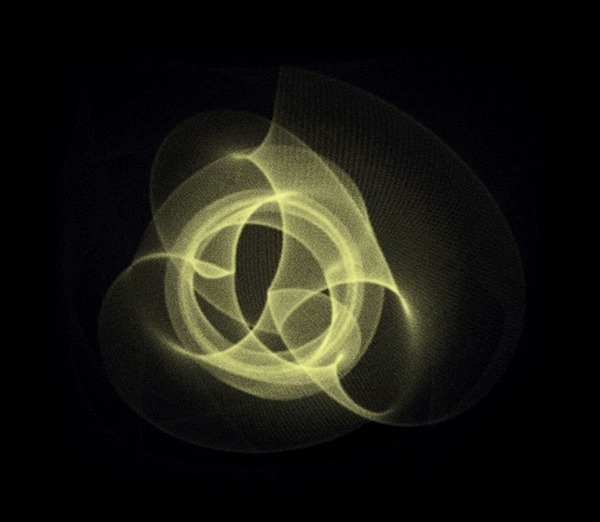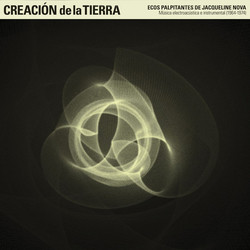Jacqueline Nova
Running continuously since the mid 2000s, in recent years the Lima based imprint, Buh Records - run by Luis Alvarado - has issued an astounding array of little heard Latin American experimental music onto the world stage, offering particular focus to work - contemporary and historic - from Peru. In recent years, they’ve been increasingly casting their gaze further afield, offering glimpses of the broader Latin American context experimentalism with stellar releases by Mesias Maiguashca, Walter Smetak, Oksana Linde, and a number of others. Their latest, “Creation of the Earth: Throbbing Echoes of Jacqueline Nova: Electroacoustic and Instrumental Music (1964-1974)” belongs to this shift. The first-ever release entirely dedicated to the pioneering Columbian electronic composer, Jacqueline Nova, it lifts the shadows of time to reveal an astounding artist whose work has remained almost entirely unobtainable since her untimely death in 1975. Visionary and truly remarkable, the historical importance of this stunning double LP - issued in a very limited edition of 300 copies, complete with extensive liner notes by Ana María Romano - can't be understated. Once again, Buh has upended the perceptions of avant-garde happening during the 20th Century and replaced it with something far more diverse, vibrant, and alive.
The history of avant-garde, experimental, and electronic music from Latin America has always been incredibly difficult to access, largely due to the effects of conservative, authoritarian governments that game to power in many countries in the region during the mid 20th Century, attacking progressive art-forms and limiting the mobility of the rich contexts of sounds that emerged within their borders. Despite the opposition that these artists faced, a remarkable scene of experimental music thrived - often cross pollinating - throughout Latin American during the second half of the 20th Century, a happening that Buh Records has been making greats strides toward illuminating for more than a decade. It would be hard to find a better example of this than their latest release, dedicated to the work of the Columbian composer Jacqueline Nova.
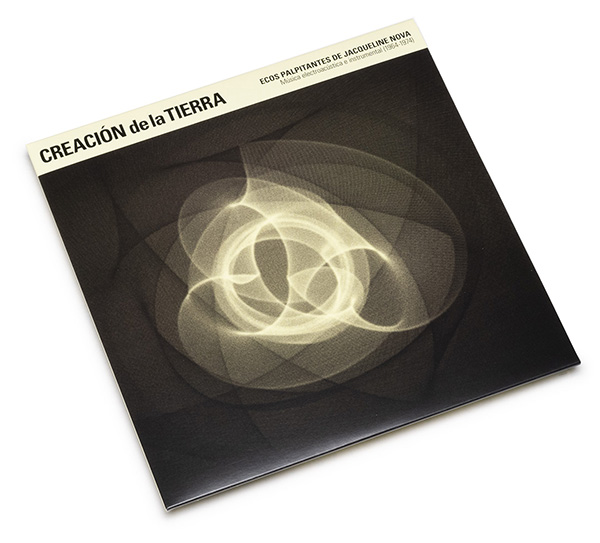
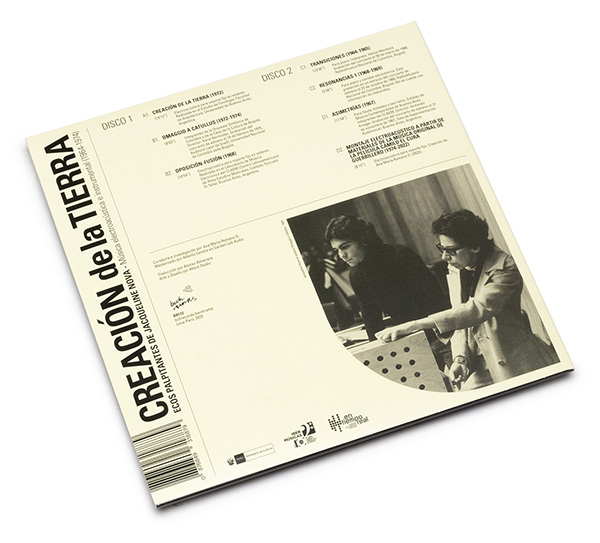
Born in 1935, Jacqueline Nova began playing the piano at a young age, eventually taking her studies to the National Music Conservatory in 1958. In 1963 she shifted her focus toward composing, and in 1967 became the first woman to obtain a diploma in composition at the Conservatory, following which she won a scholarship to study at one of the most noted electronic and electroacoustic studios in Latin American, Centro Latinoamericano de Altos Estudios Musicales (CLAEM), in Buenos Aires, Argentina. From this point forward, she almost entirely dedicated her efforts to electroacoustic composition, until her death in 1975. Nova’s time at CLAEM set her apart from most of her Columbian peers, allowing her the space and time to reach a high level of technical refinement that, combined with her compositional talents, placed her as one of the leading figures in Colombian and Latin American electroacoustic music during that moment. This became even more the case following her return to Argentina in Guggenheim scholarship. Nova returned to Buenos Aires, with the support of a Guggenheim fellowship to research and develop a body of work that integrated ways of transforming the human voice through electronic processes.
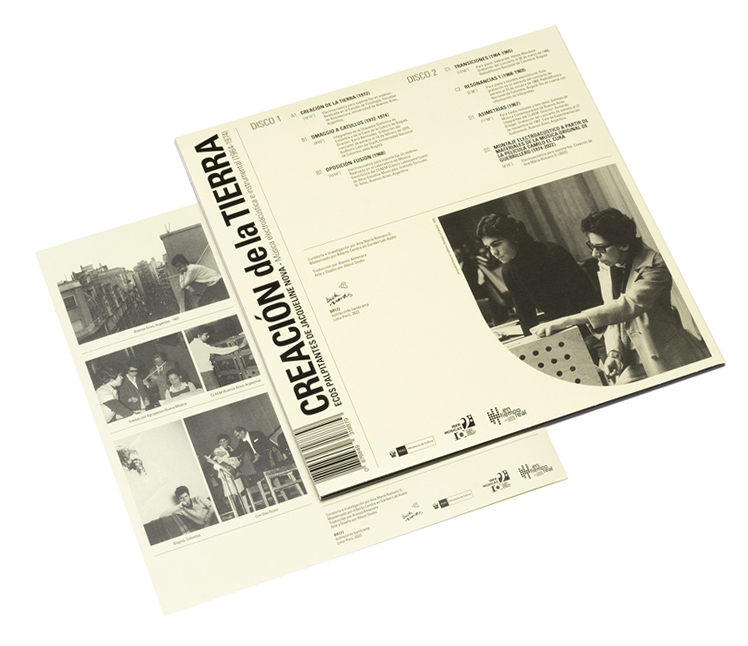
“Creation of the Earth”, spanning two full LPs that comprise seven important works by Nova, is effectively a career spanning window into the composer’s remarkable inner world, covering the years between 1964 and 1974. Over its length, we hear the evolution of one of Columbia and Latin American’s most important avant-garde composers, from early efforts like “Transiciones” - a stunning work of complex harmonics and distances for solo piano - and “Asimetrías” - an equally striking, spacious work for flute and percussion - that give a glimpse of her purely acoustic beginnings in the avant-garde, and the sublime talent that laid the foundation for her subsequent works. Beginning with “Resonancias 1”, composed across 1968 and 1969 between Buenos Aires and Bogotá, we encounter Nova beginning to incorporate electronic processes; her piano and other acoustic instrumentation becoming interwoven with electronic sounds, in a work that is built on seven structures with timbre indications, leaving a great deal of openness for each player to make decision and determine its outcome.
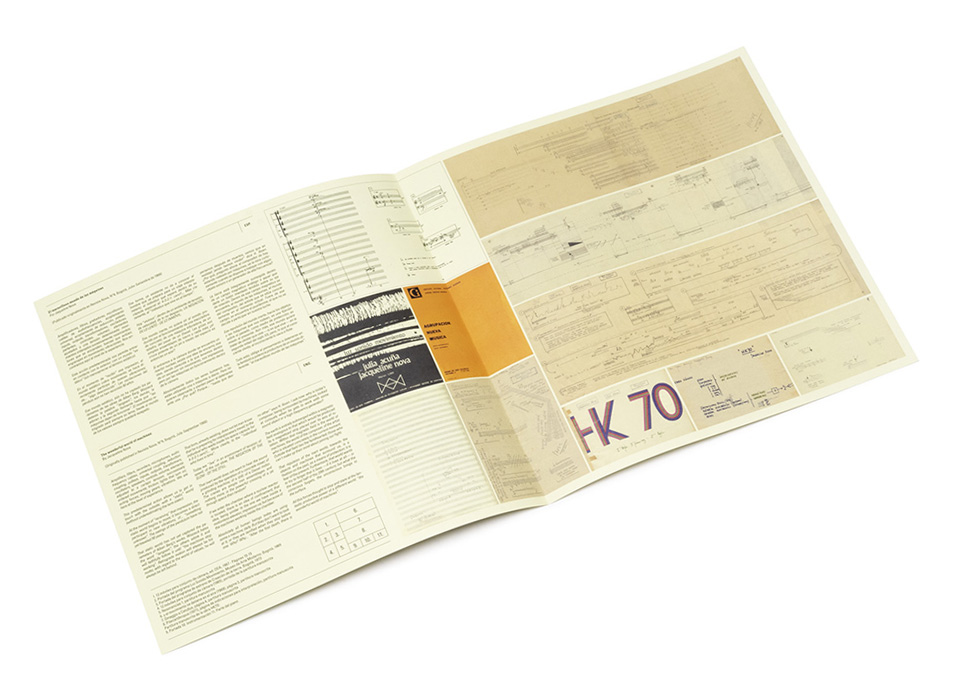
The remaining three works gathered on “Creation of the Earth” are unquestionably the most radical and forward thinking, witnessing Nova reaching the full extent of her powers as a composer. The first of these, “Creación de la tierra”, composed in 1972, draws upon her research into the transformative potential of electronic process on the human voice. Composed solely from vocal material drawn from songs on the creation of the earth of the U'wa ethnic group in Boyacá, Colombia, the work culminates as an immersive ritual of astounding scope, rendering the source material almost unrecognizable through heavy processing that transforms it into writhing ambiences of texture and tone. This is followed by “Omaggio a Catullus”, composed over the two years between 1972 and 1974, which takes an entirely different approach to these queries. Incorporating a vast range of acoustic instruments, vocalizations, and electronic processes, it appears as a sonic gesture of deep urgency, entirely of its moment and yet somehow out of time. The final work of the collection, “Montaje electroacústico a partir de materiales de la música original de la película Camilo el cura guerrillero”, was created in 1974 toward the end of her life. As the title suggests, it is an electroacoustic montage from music materials created for the film “Camilo the Guerrilla Priest”. A likely indication of Nova’s politics - Camilo Torres Restrepo, the subject of the film, having been a Marxist-Leninist, priest who fought for progressive reform in Columbia - the work is a stunning gesture of avant-garde sonority, swirling into abstract forms.
